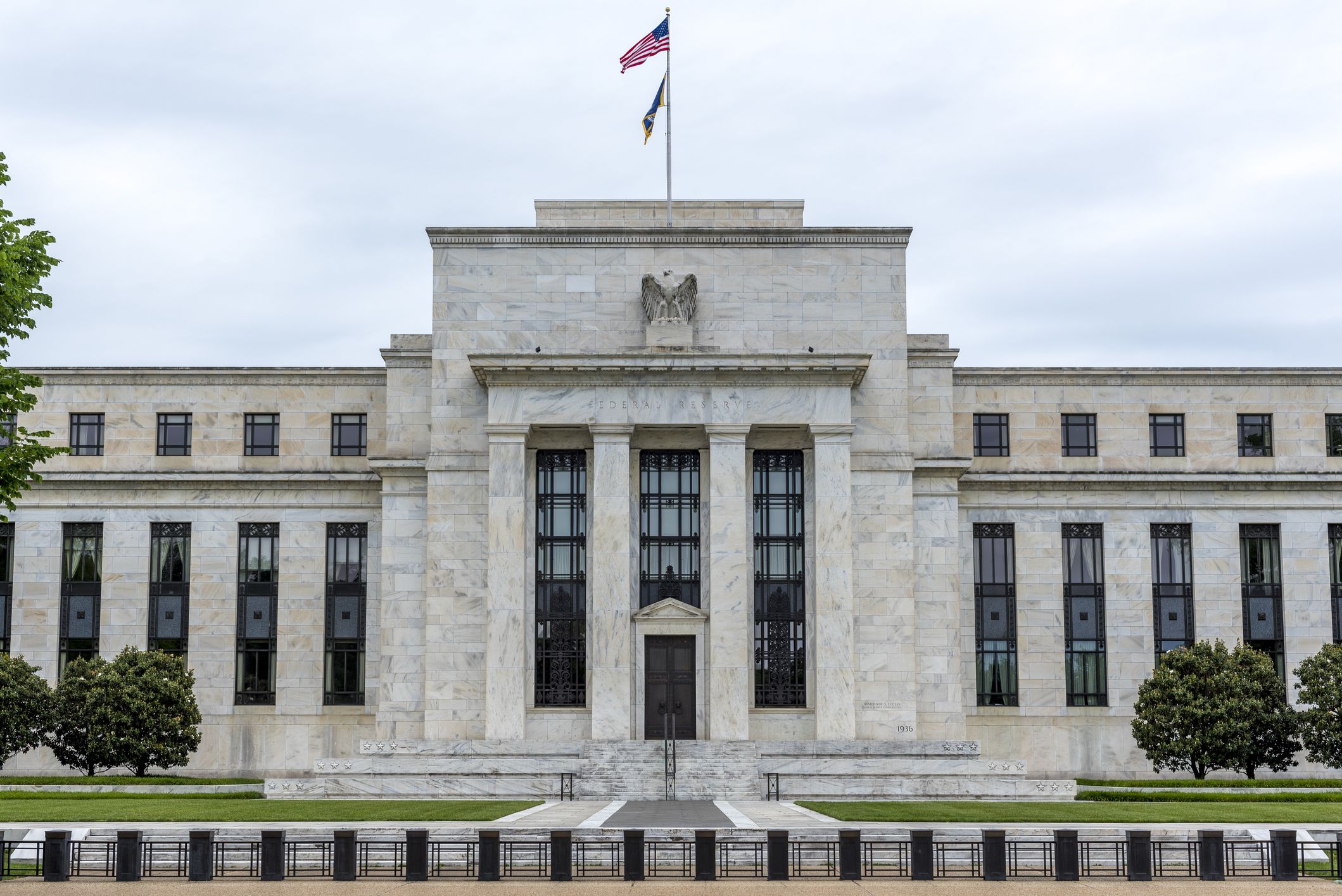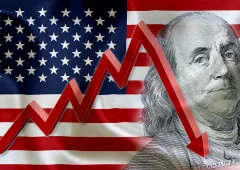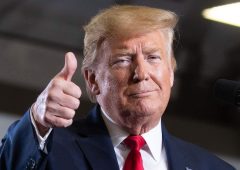Jerome Powell Speaks Again on Rate Cuts
10.07.2024 17:25 2 min. read Alexander Stefanov
Federal Reserve chair Jerome Powell testified in Capitol Hill yesterday as part of his twice-yearly report on the state of the economy.
Just now Powell appeared infront of the House Financial Services Committee, reiterating yesterday’s comments on the current path of USA’s path to economic stability.
In his words it is still early to reach a decision on potential rate cuts, since the Fed needs more conclusive data.
Officials accuse the Fed of being to politicized, despite the instutition’s supposed impartial position.
According to congresswoman Maxine Waters, the housing market is the biggest threat to inflation. She pointed out that acording to statistics, 30% of american’s income goes to housing.
If the Federal Reserve doesn’t time their decision right, it may lead to significant economic challenges. Whether they delay their decision too much, or act in a hasty manner, their work toward lowering inflation could have been for naught.
The jobs market is one of main indicators as to where the economy is headed. The other indicator we should pay attention is the Consumer Price Index (CPI), which will come out on Thursday (July 11) at 08:30 (ET).
It is expected that the CPI will have increased by 0.1% on a monthly basis in June after remaining flat in May.
Although Powell gave no hints, investors are expecting a rate cut in September and potentially one more in December.
Many politicians state that Fed’s policies are being too protective of banks, rather than the people and that a rate cut should be done sooner than later.
Powell said that he is currently carefully watching for signs of weakness both in the job market and in the broader economy.
He states that they remain focused on their dual mandate to promote maximal employment and stable prices.
In conclusion, the reason for the lack of confirmation for a potential rate cut is the data from the first half of 2024, which doesn’t conclusively show that inflation is sustainably headed to the target ot 2%.
-
1
Trump Targets Powell as Fed Holds Rates: Who Could Replace Him?
27.06.2025 9:00 2 min. read -
2
U.S. PCE Inflation Rises for First Time Since February, Fed Rate Cut Likely Delayed
27.06.2025 18:00 1 min. read -
3
Key U.S. Economic Events to Watch Next Week
06.07.2025 19:00 2 min. read -
4
Gold Beats U.S. Stock Market Over 25 Years, Even With Dividends Included
13.07.2025 15:00 1 min. read -
5
U.S. Announces Sweeping New Tariffs on 30+ Countries
12.07.2025 16:30 2 min. read
US Inflation Heats Up in June, Fueling Uncertainty Around Fed Cuts
U.S. inflation accelerated in June, dealing a potential setback to expectations of imminent Federal Reserve rate cuts.
Gold Beats U.S. Stock Market Over 25 Years, Even With Dividends Included
In a surprising long-term performance shift, gold has officially outpaced the U.S. stock market over the past 25 years—dividends included.
U.S. Announces Sweeping New Tariffs on 30+ Countries
The United States has rolled out a broad set of new import tariffs this week, targeting over 30 countries and economic blocs in a sharp escalation of its trade protection measures, according to list from WatcherGuru.
Key U.S. Economic Events to Watch Next Week
After a week of record-setting gains in U.S. markets, investors are shifting focus to a quieter yet crucial stretch of macroeconomic developments.
-
1
Trump Targets Powell as Fed Holds Rates: Who Could Replace Him?
27.06.2025 9:00 2 min. read -
2
U.S. PCE Inflation Rises for First Time Since February, Fed Rate Cut Likely Delayed
27.06.2025 18:00 1 min. read -
3
Key U.S. Economic Events to Watch Next Week
06.07.2025 19:00 2 min. read -
4
Gold Beats U.S. Stock Market Over 25 Years, Even With Dividends Included
13.07.2025 15:00 1 min. read -
5
U.S. Announces Sweeping New Tariffs on 30+ Countries
12.07.2025 16:30 2 min. read



